About Avalanche Creek Trail
The Avalanche Creek area draws a lot of attention from people who love horseback riding, hiking, and backpacking. It's a prime spot for backpacking, giving you access to some cool trails like Hell Roaring, East Creek, West Fork, and even Capitol Lake.
Here's how the adventure unfolds: It all begins right from the parking lot. You'll start your journey by heading uphill through a bunch of aspen trees. Once you've covered about 2 and a half miles, you'll run into the spot where the Hell Roaring Trail meets up. Just keep going straight ahead. This trail takes you over Hell Roaring Creek, and then you'll make your way down toward Avalanche Creek.
Now, at around the 5-mile mark, you'll pass through a meadow they call Duley Park. It's a nice little break in the scenery. But don't get too comfortable, because the trail keeps on going through more aspen trees. When you've reached about 7 miles from the starting point, you'll hit the point where the East Creek Trail crosses paths with you. Stay on the main path, don't veer off. Get ready for a bit of a challenge, as the trail starts going uphill again, and some parts get pretty steep. After you've covered around 10 and a quarter miles, you'll reach the spot where the Capitol Creek Trail meets. There, take a right turn and head toward Avalanche Lake.
Our Impact
Avalanche Creek is consistently one of RFOV’s annual projects. The trail’s popularity and fragility calls us to help promote responsible use of this beautiful area. Read our full Impact Report.
Closest Ranger Station
Aspen-Sopris Ranger Station
620 Main Street
Carbondale, CO 81623
970-963-2266
Forest Service information on Avalanche Creek
How to get there
Your Packing List
Water: Bring enough, drink often, and do not drink from rivers without proper water sanitization tools.
Snacks: Pack energy-rich snacks like granola bars, nuts, or trail mix.
Navigation Tools: Download your maps for offline access. Old school? Bring a map, compass, or GPS device to navigate the trail.
Appropriate Footwear: Wear sturdy, comfortable hiking boots with ankle support.
Weather-Appropriate Clothing: Dress in layers for the weather, and avoid cotton.
Sun Protection: Wear sunscreen, sunglasses, and a hat.
First Aid Kit: Carry basic medical supplies and any personal medications.
Whistle: A whistle can be used as a distress signal, secure it to your backpack in an area where you can access it with your mouth even if you’re injured.
Pocketknife or Multi-tool: Just in case.
Flashlight or Headlamp. Just in case.
Mobile Phone: Keep it fully charged, but leave on airplane mode if you’re actively using it for tracking.
ID and Emergency Contact: Carry identification and emergency contact information.
Backpack: Use a comfortable backpack that distributes weight comfortably.
Rain Gear: Pack a lightweight rain jacket or poncho.
Insect Repellent: Protect against insects in bug-prone areas.
Camera: Capture memories of the beautiful scenery.
Personal Items: Consider tissues, hand sanitizer, and personal hygiene items.
Remember, the specific items you need may vary based on the trail's location, duration, and difficulty level. Always tailor your packing list to the unique requirements of each hike.



